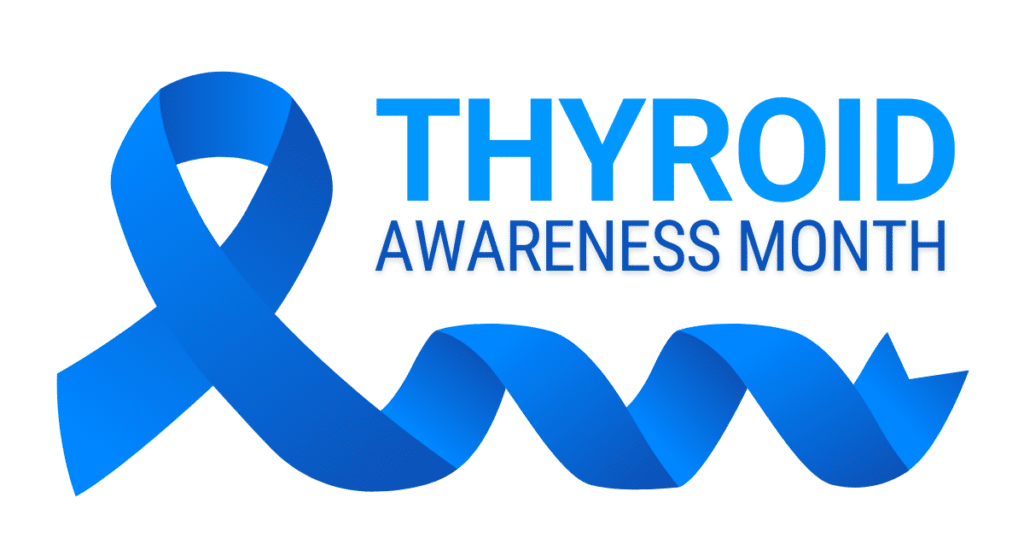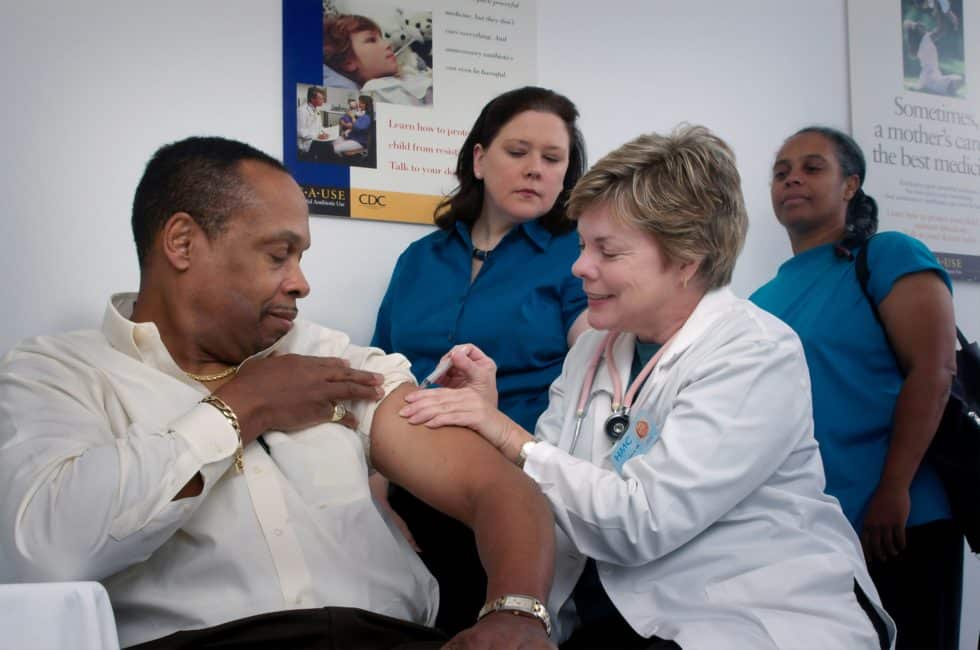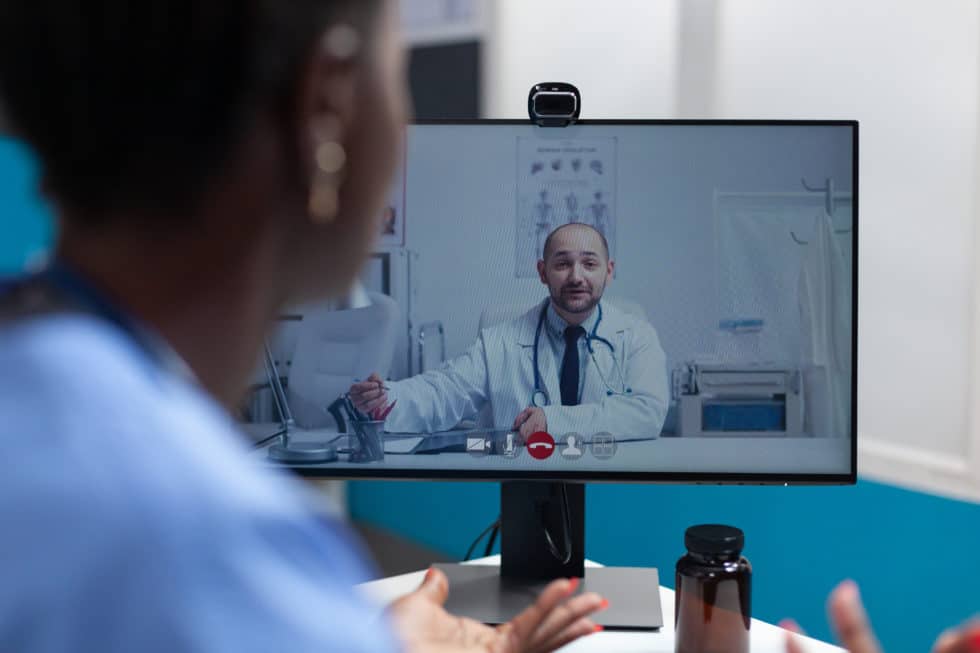Understanding and Adapting to Healthcare Trends in 2024
Healthcare Industry News

In the healthcare industry, changes are frequent as things are constantly evolving. That said, understanding current healthcare trends is critical. Doing so will help you get on the right path while knowing what to expect when changes arise in your career.
Having a grasp on the healthcare landscape is not only beneficial for healthcare workers but also for the facilities. By understanding the current landscape and what the future may hold, companies can plan better and attract the right people for the jobs.
Let’s unfold the nuances in the healthcare industry that have unfolded in the past year. By understanding these ever-evolving changes, you can get ahead in hiring or being hired!
Technology in Healthcare
Virtual healthcare was proposed in the 1950s and has grown and improved since. COVID-19 significantly drove further progression in virtual healthcare and flexible medical treatment. Given how far virtual health has come in the previous several years, it’s exciting to think about how it can and will progress further in the future.
Impact on Job Roles and Responsibilities
Health should be a priority, which is why virtual health services have become more common. Though this is an excellent thing for those seeking healthcare who may not be able to be in the clinic physically, it poses some changes for healthcare professionals and clinics.
What It Means for the Healthcare Professional
In an article by eSoft Skills (a global training solutions company) about The Impact of Telemedicine on Healthcare Careers, they say, “As the landscape of healthcare delivery evolves, professionals must embrace new adaptation strategies and virtual learning opportunities to thrive in this changing environment.”
What It Means for the Clinic
As telehealth progresses, healthcare facilities must keep up with the technology and operations behind these evolutions. This includes:
- Implementing secure and user-friendly telehealth platforms
- Training staff on virtual care protocols
- Ensuring compliance with privacy regulations
- Continuously evaluating and updating technology
The goal of telehealth is to make it easier for patients; however, it is also crucial to ensure that the process is simple for healthcare providers to continue delivering efficient and quality care while the system changes.
The Healthcare Worker Shortage
In 2023, the shortage of healthcare workers reached an all-time high. According to an article titled The US is Suffering a Healthcare Worker Shortage by Alejandra O’Connell from The Hill, she mentions, “As the aging population’s need for such care grows, retirement and burnout are both driving swaths of healthcare workers out of the field, fueling a crisis that shows no signs of stopping.”
If the healthcare worker shortage isn’t going away, individuals in the field must understand that managing shortages requires a diversified approach. This adaptability goes for healthcare workers or facilities and can include:
- Influencing Policies: Creating rules to improve training for the workforce and address issues like not having enough doctors.
- Adjusting Education: Letting medical schools change their programs to match new trends in healthcare.
- Using Resources Effectively: Deciding where to put money and resources to ensure everyone gets the same quality of care.
- Encouraging Innovation: Forming partnerships to find creative solutions to challenges in the healthcare workforce.
- Relocating: Hiring healthcare professionals and putting them in areas that don’t have enough services.
New Generational Changes
Shifting Demographics in the Healthcare Workforce
The healthcare workforce is evolving with a mix of generations, from Baby Boomers to Generation Z, contributing diverse perspectives. This diversity influences job expectations and dynamics. Older professionals may emphasize experience, while younger counterparts prioritize innovation and work-life balance.
Strategies for Bridging Generational Gaps
Practical strategies to enhance collaboration include open communication, mentorship programs, and fostering a culture that values the strengths of each generation. These efforts create a cohesive and inclusive environment, benefiting patient care and organizational success.

Healthcare Premiums
As a healthcare professional, understanding the current trends in healthcare premiums is crucial, as they play a significant role in shaping decisions for workers and patients.
For Healthcare Workers
For healthcare workers, these premium trends substantially impact employment choices and job preferences. Employers must offer competitive healthcare benefits to attract and keep skilled individuals, while workers must carefully consider their options to find the most suitable job. If healthcare premiums become prohibitively high, it could deter healthcare professionals from certain positions, only contributing to the existing shortage.
For the Patients
It goes full circle as higher healthcare costs can contribute to the physician shortage, leading to less valuable and accessible patient care. On the flip side, if healthcare costs are too expensive and out of reach for specific individuals, they can avoid the care they need, only deteriorating their health.
Navigating Healthcare Trends with Adaptability and Collaboration
With the ever-changing trends of healthcare, staying adaptable is crucial for those in the field. Not only does this ensure your career thrives, but it also guarantees that patients receive the quality care they deserve. Navigating these changes requires a forward-thinking approach: embracing emerging trends, fostering collaboration, and engaging in creative problem-solving to contribute to the development of a robust and patient-focused healthcare system. By doing so, healthcare professionals can proactively shape the future of the industry for the benefit of both their careers and the well-being of those they serve.


